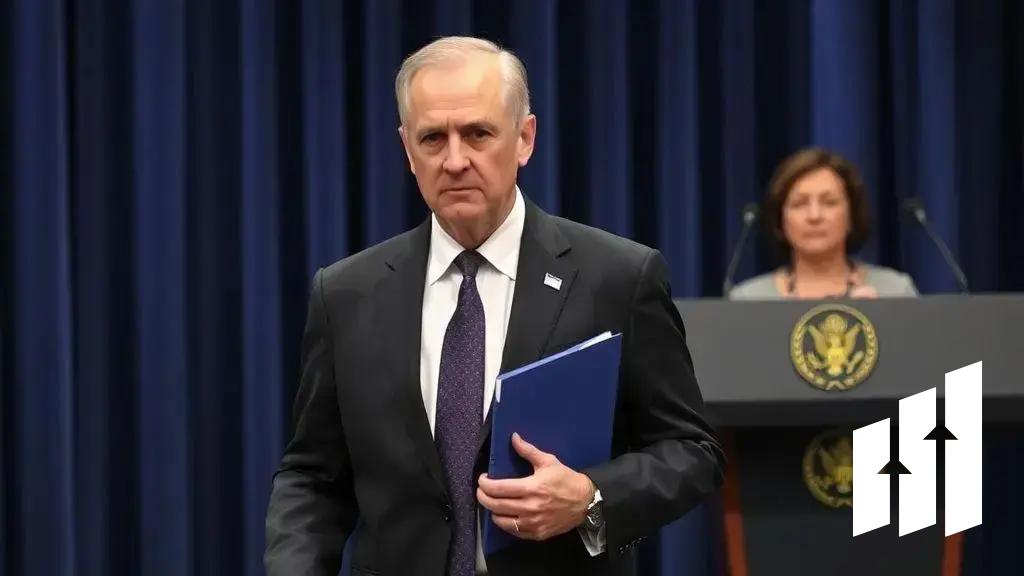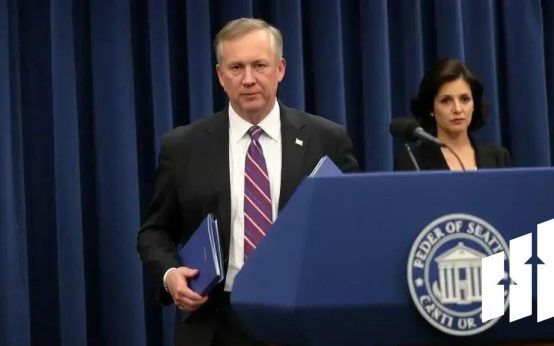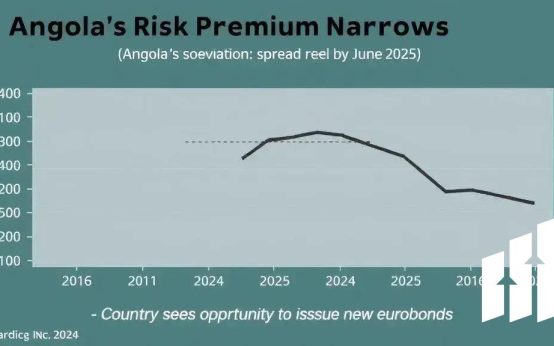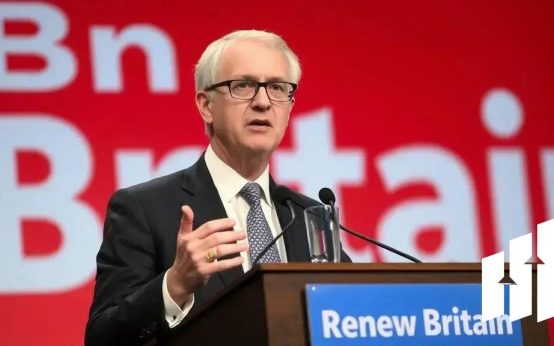The Federal Reserve’s rate cuts have significant effects on the economy by making borrowing cheaper. This encourages increased spending by consumers and businesses, which can stimulate growth and create jobs. However, there are risks, such as potential inflation, if too much money enters circulation. Investors usually respond positively to rate cuts, leading to rising stock prices due to anticipated higher company profits. Staying informed about these changes is crucial for making educated financial decisions regarding loans and investments.
The impact of Federal Reserve rate cuts is felt across the economy. When the Fed lowers rates, borrowing money becomes cheaper. This means consumers and businesses might take out loans more easily.
Benefits of Rate Cuts
One big benefit of lower rates is that mortgages and car loans can cost less. Homebuyers may find it easier to afford new homes. This can also help boost the housing market.
Spurring Economic Growth
When people borrow more, they spend more. This can create more jobs and boost sales for businesses. Increased spending helps the economy grow and can lead to a stronger job market.
Potential Risks
However, there can be downsides. Lower rates may lead to higher inflation if too much money is borrowed. Inflation means prices go up, which can reduce purchasing power.
Investor Reactions
Investors often react quickly to rate cuts. When rates drop, stock prices may rise as companies are expected to earn more. This can create new investment opportunities.
Keeping an Eye on the Future
It’s important to stay aware of how rate cuts affect your finances. Check if lower rates can help you save money on loans or even lead to better investment choices.
Conclusion
In summary, the impact of Federal Reserve rate cuts can be significant for many. Lower rates make borrowing cheaper, which encourages spending and can help the economy grow. However, it’s also important to be aware of potential risks, such as inflation.
As consumers and investors, understanding these changes helps us make better decisions. Staying informed about how rate cuts can affect loans, mortgages, and investments is key. Overall, knowing how to navigate these changes can lead to smarter financial choices.
FAQ – Frequently Asked Questions about Federal Reserve Rate Cuts
What does it mean when the Federal Reserve cuts interest rates?
When the Fed cuts interest rates, it makes borrowing money cheaper, encouraging spending and investment.
How will rate cuts affect my mortgage payments?
Rate cuts can lower your mortgage payments, making it more affordable to buy a home or refinance.
Can rate cuts lead to job growth?
Yes, when borrowing is cheaper, businesses may hire more workers, leading to job growth in the economy.
What are the potential downsides of lowering interest rates?
Lowered rates can sometimes cause inflation, leading to increases in the prices of goods and services.
How do rate cuts influence the stock market?
Rate cuts often lead to rising stock prices as companies are expected to become more profitable with cheaper borrowing costs.
Should I take out loans when rates are low?
If rates are low and you’re considering a loan, it’s usually a good time to borrow, as you’ll save money on interest.


 Federal Reserve Poised to Cut Interest Rates Amid Economic Uncertainty
Federal Reserve Poised to Cut Interest Rates Amid Economic Uncertainty  ADP Launches Weekly Payroll Reports to Revamp Labor Market Insights
ADP Launches Weekly Payroll Reports to Revamp Labor Market Insights  US Consumer Confidence Falls Amid Gloomy Economic Outlook
US Consumer Confidence Falls Amid Gloomy Economic Outlook  Miran Highlights Dual Goals of Fed and Interest Rate Outlook
Miran Highlights Dual Goals of Fed and Interest Rate Outlook  Are You a Robot? Unusual Activity Detected on Bloomberg
Are You a Robot? Unusual Activity Detected on Bloomberg  Keir Starmer Leads Business Delegation to India for Trade Pact
Keir Starmer Leads Business Delegation to India for Trade Pact